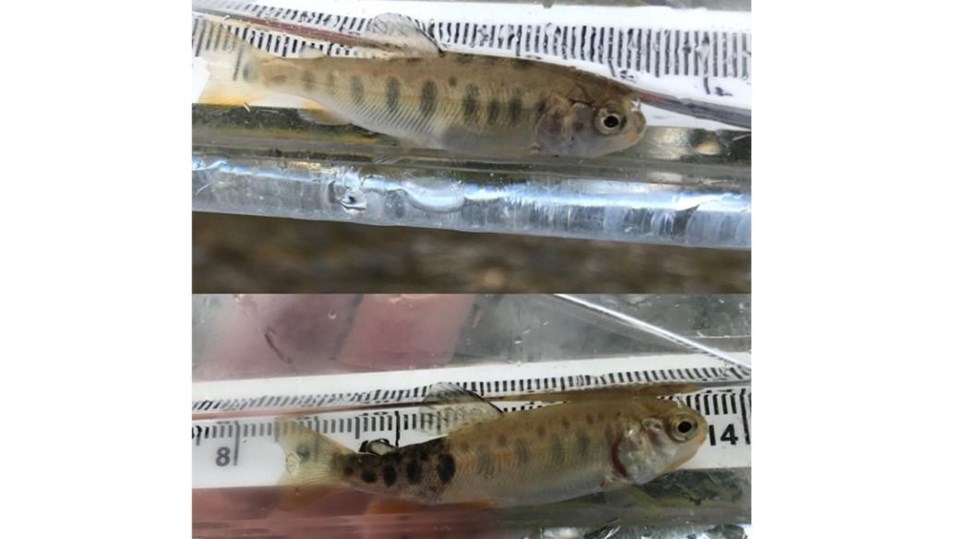VANCOUVER — Parks Canada officials have shut down waterbodies in British Columbia's Yoho and Kootenay national parks after the discovery of whirling disease. Here are some facts about the disease:
— Species susceptible to the disease include cutthroat, rainbow, bull, brown and brook trout, coho, sockeye, chinook and Atlantic salmon and the mountain whitefish.
— The disease is especially deadly for young finfish, with the overall death rate of fry and fingerlings reaching up to 90 per cent.
— Affected fish may whirl in their swimming patterns, they have skeletal deformities and their tail may appear dark.
— It was first found in Alberta waterbodies,and Parks Canada officials say the mostly likely cause of the spread to B.C. was through humans.
— It is caused by a microscopic parasite spread through contact with a fish and a freshwater worm.
— People can spread whirling disease by moving infected live or dead fish, infected worms, contaminated equipment or water.
— It does not pose a risk to human health.
— There is no treatment for whirling disease.
Source: Government of Canada.
This report by The Canadian Press was first published Oct. 27, 2023.
The Canadian Press



